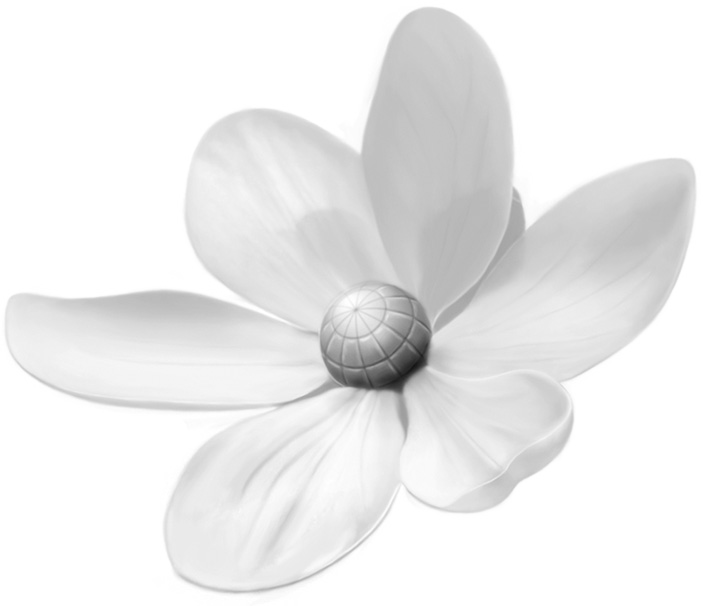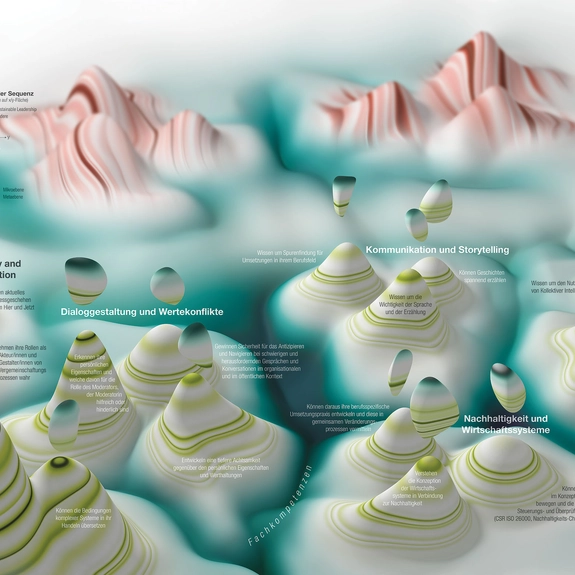Matthias Beilstein Kartographie stands for beautiful maps. These maps show location-based information—not always in the geographical sense—in a way that is easy to read, comprehend and visually appealing. The central characteristic of all maps and map-like representations is the great attention paid to creating a harmonious overall picture and to the graphic details. This process, a symbiosis of analytical thinking and creative energy, gives the maps a very special character and turns them into small (or large) works of art.
About
Just about everything with a location reference can be seen on a map—and often this is the best way to view it. The main purpose of a map, orientation, is most effective when the spatial relationship of the map’s elements come to the fore. Enriched with the representation of quantitative and qualitative properties, this purpose is not only to be understood spatially, but in ideal terms it puts forward a comprehensive presentation of the subject on display. Aesthetic map graphics that are as self-explanatory as possible round off the whole map experience.
Creating thematic maps is a fascinating process—a wide array of information from various sources is used as a foundation and rendered in cartographic form through symbols, colour and text as design elements. The challenge is to find a balance between accuracy and aesthetics and to convey the message of the map as comprehensibly and attractively as possible. The countless possibilities of visual representation and the careful handling of information lend cartography an artistic dimension.
While geography still serves as a foundation in some works, non-geographic features can also be visualized using certain cartographic principles. Semantic landscapes come closest to traditional cartography; abstract concepts seem to have no commonality with cartography, except that each element still has a meaning. The spectrum ranges from the (rather freely interpreted) real existing landscape to non-material, non-geographic subjects. I find the topic of mind-matter particularly fascinating.
Archiving
The preservation and archiving of books and maps is one of the most important tasks of public libraries. They are true treasures of the community, as they serve as places of knowledge and education where everyone has access to a variety of resources. In addition, specialized directories exist that play an equally important role. The maps in the "Map Library" section are archived at regular intervals in the institutions listed below and made publicly accessible.
NFTs
NFTs (Non-Fungible Tokens) are digital assets that are based on blockchain technology. They represent ownership or proof of authenticity of a unique digital item, such as artworks. Unlike cryptocurrencies, which are interchangeable (fungible), NFTs are unique and non-interchangeable, hence the name "non-fungible." The characteristics of NFTs and blockchain technology—decentralization, security, and universal access—offer an interesting possibility for storing and distributing digital maps. Most of the works shown here are also saved as NFTs.










